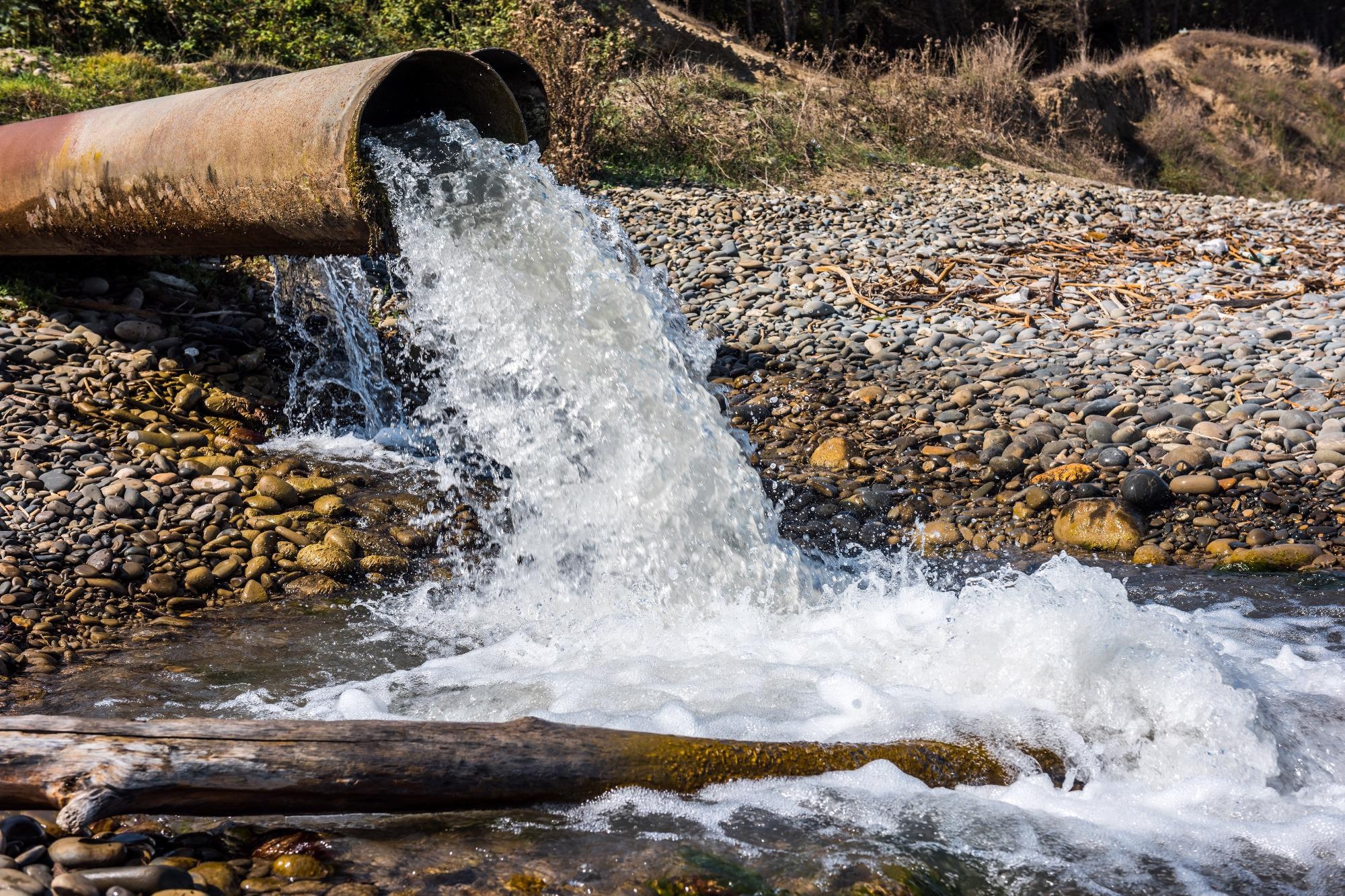Wastewater monitoring has gained importance in recent years for monitoring population health. Writing in TrAc Trends in Analytical Chemistry, a team of researchers has published a paper exploring synthetic sensing systems for wastewater monitoring.

Synthetic biology enables field-deployable biosensors for water contaminants. Image Credit: Vastram/Shutterstock.com
The Importance of Wastewater Monitoring
When people go to the toilet, wash, or use water for household, commercial, and industrial activities, the water used enters the sewage system. Monitoring this wastewater for disease, pollutant, and drug biomarkers gives information on the health status of a population. Thus, by analyzing the wastewater for these biomarkers and providing early detection, wastewater-based epidemiology, public health strategies can be informed.
The recent COVID-19 pandemic has demonstrated the need for efficient and effective wastewater monitoring to control outbreaks of disease. Studies have indicated that viruses can remain viable in wastewater and sewage for several days, giving epidemiologists information on how much community transmission of pathogens is occurring. Along with monitoring, disinfection of wastewater before disposal and reuse can help to control outbreaks.
Current Methods for Wastewater Monitoring
Currently, there are several techniques employed by scientists to monitor the presence of biomarkers in wastewater. Tools used in the field include mass spectrometry for chemical detection and polymerase chain reaction to detect pathogens.
Whilst these are effective tools, there are some challenges involved with their use. These methods require trained operators and complex devices to be effective. They also require adequate sample collection. Currently, employed methods can suffer from a lack of portability and sensitivity. The need for new, more sensitive, portable, and easy-to-use sensing methods has increased in recent years.
Using Biosensors for Wastewater-Based Epidemiology
Because of their advantages in respect to sensitivity, fast response time, and portability, biosensors have gained prominence as attractive tools for the early detection of biomarkers in wastewater and sewage. Additionally, biosensors require minimal sample volume and processing. Numerous sensing platforms have been proposed for monitoring sewage, which is a complex matrix, including ELISA and mechanical biosensors.
Further Reading: Using Graphene to Purify Seawater
Amongst these platforms, cell-based biosensors have shown great promise in the laboratory for water quality assessment. Cell-based biosensors use both natural and engineered cells and are low-cost and easy to manufacture. Despite these advantages, there are safety concerns with the use of cell-based biosensors which present a challenge for field-based applications.
Using Synthetic Biology Approaches
To overcome the limitations of cell-based biosensors, researchers have recently turned to approaches based on synthetic biology. Cell-free expression systems including cell lysates and purified translational and transcriptional components have been developed. Using synthetic biology approaches has vast potential for developing field-deployable biosensors that can overcome the limitations of traditional sensing and monitoring techniques.
The study in TrAc Trends in Analytical Chemistry has outlined several current approaches in synthetic biology to develop cell-based and cell-free biosensors for wastewater monitoring of pathogens and chemicals. One recent study has integrated machine learning in whole-cell biosensors using microfluidic platforms. The system developed provides real-time, field-deployable monitoring of heavy metals. A library of E. Coli-based transcriptional reporters along with an AI classifier was utilized.
CRISPR-Cas has shown the potential to develop accurate and sensitive biosensors due to its versatility and power as a tool. A limitation in CRISPR-Cas is the creation of false positives. This is due to the off-target effect. Output depends on factors such as gRNA structure and recognition of target structures.
Machine learning has been employed in recent studies to improve gRNA design and reduce off-target effects, improving detection in these systems. Whilst the use of CRISPR-Cas continues to be challenging, the discovery of new Cas receptors and improvements in diagnostic tools has aided the development of new biosensors based on the technology.
Other studies have concentrated on developing completely synthetic sensing parts for devices, which overcomes the limitations of the detection of non-natural components faced by current approaches that use organic components.
Furthermore, field-deployable biosensors require less complex sample preparation and analysis, and removing complex equipment and the need for specialist operators is advantageous. Freeze-drying assay reagents on paper substrates or in tubes improve the response time of biosensors and simplify the process.
Continuing Challenges and the Future
Whilst there have been significant advances in the field of synthetic cell-based and cell-free biosensors for the detection of biomarkers in wastewater, there are still challenges with the technology that hinder its deployment in the field.
These challenges are mostly associated with the complex composition of wastewater. Non-target molecules can interfere with detection results. Additionally, target molecules may be present in low concentrations, facilitating the need for biosensors with low detection limits.
However, there has recently been reported the possibility of concentrating wastewater or purifying target molecules and using a lateral flow-based system to analyze the resulting samples. A multidisciplinary approach may be needed to address the challenges of wastewater monitoring. The study has highlighted the potential for synthetic biology approaches to tackle these challenges.
Further Reading
Saltepe, B, Wang, L, & Wang, B (2021) Synthetic biology enables field-deployable biosensors for water contaminants [online] TrAC Trends in Analytical Chemistry | sciencedirect.com. Available at: https://www.sciencedirect.com/science/article/abs/pii/S0165993621003307
Disclaimer: The views expressed here are those of the author expressed in their private capacity and do not necessarily represent the views of AZoM.com Limited T/A AZoNetwork the owner and operator of this website. This disclaimer forms part of the Terms and conditions of use of this website.